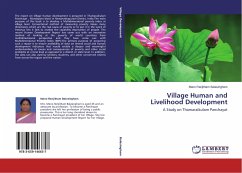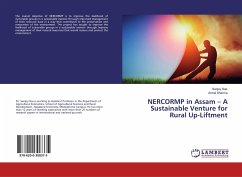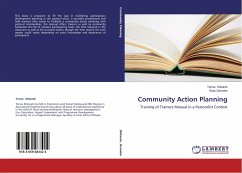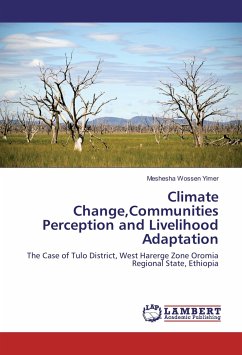This thesis work provides a clear insight about how Community Forestry (CF) could play major role in providing charcoal from the forest waste, especially 3D (Diseased, Decayed and Dried) trees. A study was carried out in 2002-2003 in one of the community forestry (Karnel CF of Patlekhet VDC) of Kavrepalanchowk district to assess the socioeconomic status of blacksmith families and the role and capacity of community forestry in enhancing blacksmiths profession by providing charcoal from the waste or by-products of forests. An experiment was conducted to determine the best species of trees for charcoal production and charcoal requirements for the fabrication of the most common tools. A comparative study was also done to find out the cost of charcoal production versus local market prices. Use of the 3D principle for production of charcoal appears feasible, although less profitable, than use of good stands for the species studied, namely, Pinus roxburghii, Castonopsis indica, Schima wallichii, Lyonia ovalifolia, Rhododendron arboreum and Prunus cerasoides. The potential of community forests in providing income generation, to disadvantaged groups appears promising.
Bitte wählen Sie Ihr Anliegen aus.
Rechnungen
Retourenschein anfordern
Bestellstatus
Storno








